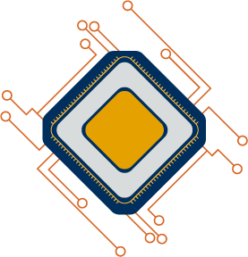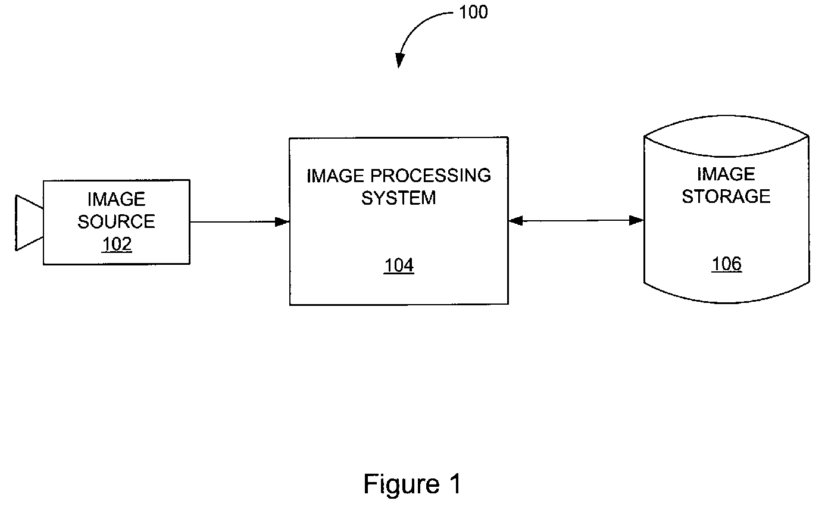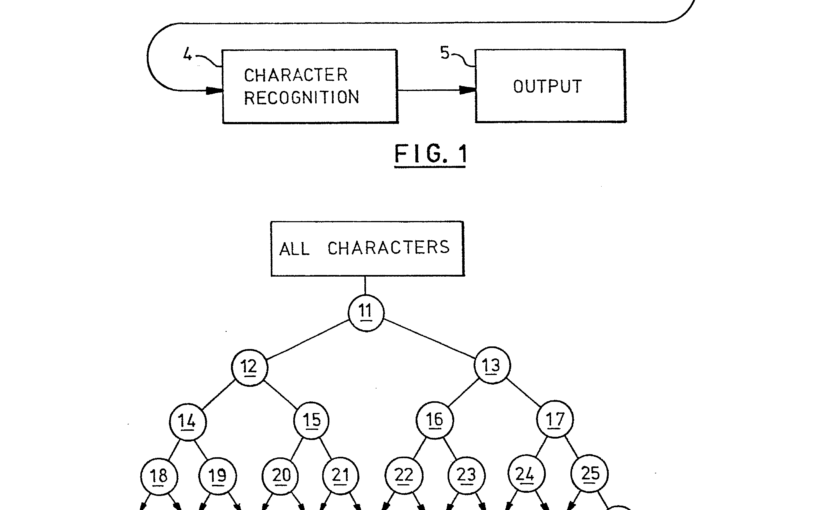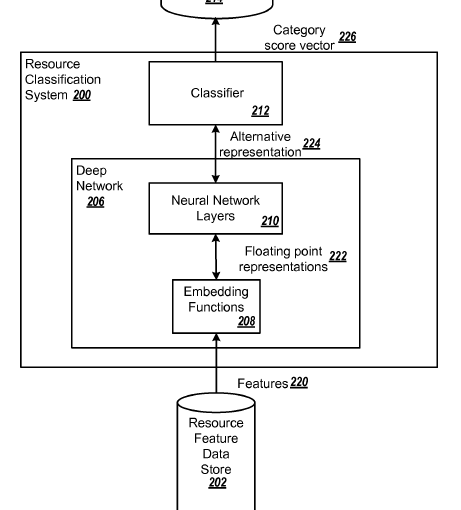In this decision, the Board found that the description of the main request did not support the claim, as the description disclosed only one specific example of a merely general feature (“first phase congruency component”). In an auxiliary request, the appellant overcame this rejection, but the claimed subject-matter is still considered not to be inventive
Object of the Invention:
- method for edge detection of an image
- the method categorises pixels in the image as edge pixels or non-edge pixels
Board I (support by the description – main request):
- in the application itself, no different way to determine the phase congruency at a pixel is disclosed than to calculate the ratio between the local energy at the pixel and the sum of Fourier components
- also in the statement of grounds the appellant provided no additional example and, thus, failed to support its view that a different phase congruency component could be used
- hence, it is a mere allegation that other “first phase congruency components” could be used
- according to the established jurisprudence of the boards of appeal, the requirement of 84 EPC means that the subject-matter of the claim must be taken from the description and it is not admissible to claim something that is not described
- in decision T 94/05, in particular, the board pointed out that the requirement for the claims to be supported by the description was intended to ensure that the extent of protection as defined by the patent claims corresponds to the technical contribution of the disclosed invention to the art
- therefore the claims must reflect the actual contribution to the art in such a way that the skilled person is able to perform the invention in the entire range claimed
- the skilled person, at least after reading the patent specification, taking account of his common general knowledge, and possibly also after carrying out normal experiments, must actually be provided with at least a plurality of different embodiment variants
- in the present case, the use of the term “first phase congruence component” leaves it open, what other embodiments besides the “local energy” are envisaged
- –> there is not enough support in the description for using the broad term “first phase congruency component” in the independent claims instead of the only embodiment disclosed in the specification, i.e. the “local energy”
Board II (inventive step – auxiliary request):
- technical effect disclosed in the application is: “This allows for pixels that fail the phase congruency test, to be counted as edge pixels if their local energy satisfies the phase congruency component criteria.“
- a person skilled in the art recognizing that a first method for edge detection does not result in an expected number of edge pixels evidently has three straightforward possibilities to increase the number of edge pixels:
- by using another – better – method for edge detection
- by adapting the first method for edge detection (for instance by reducing a respective threshold that distinguishes between non-edge pixels and edge pixels)
- by using a further known method for edge detection, which provides different results (i.e. additional edge pixels) than the first method and combining the results of both methods
- for instance, an example for an algorithm using different methods for detecting different kind of edges is disclosed in D3
- choosing one out of these straightforward possibilities does not involve an inventive step
- the Board does not see an inventive step in using the local energy method for finding additional edge pixels that were missed by the first method (as claimed) as compared to rejecting edge pixels by using the local energy method that were found by the first method, but should not be considered as edge pixels (as disclosed in D1)
- this is considered a mere implementation detail, depending on the choice of criteria of the first method, which might cause too many or not enough edge pixels



